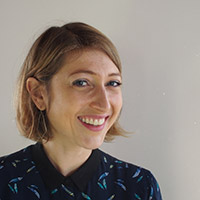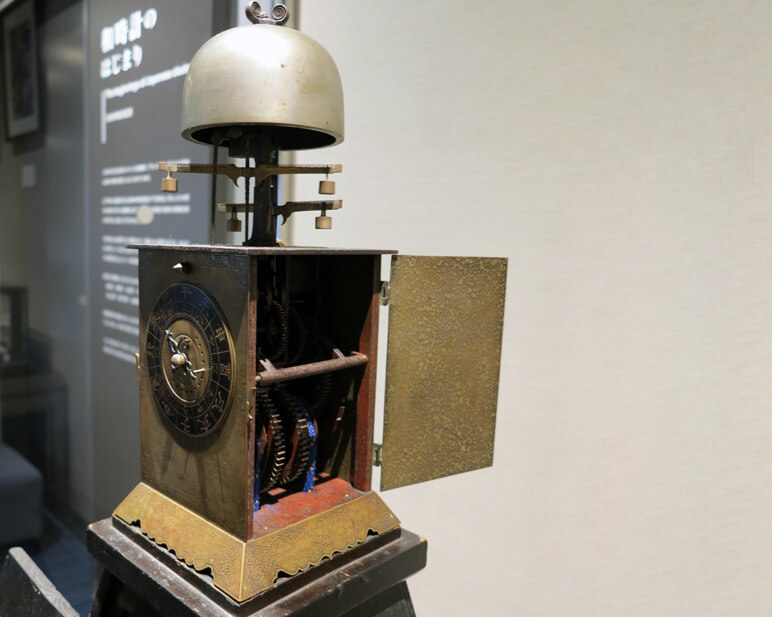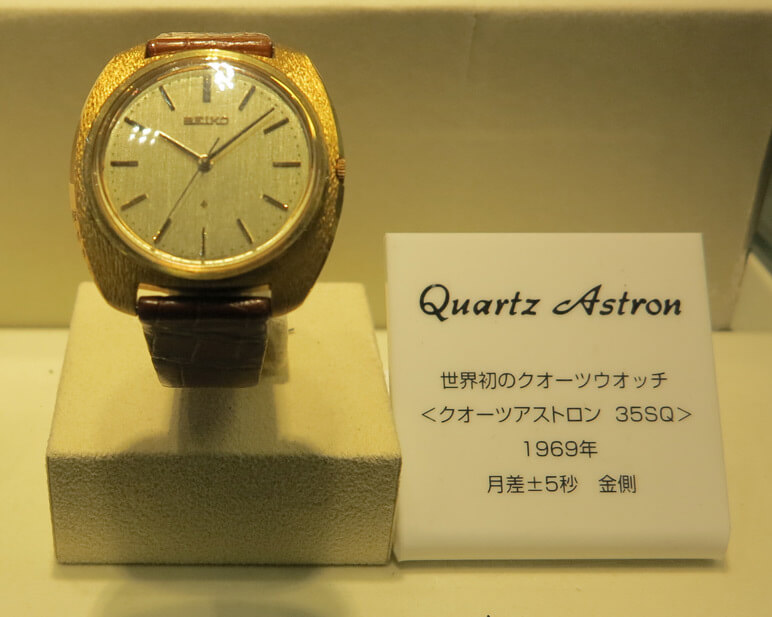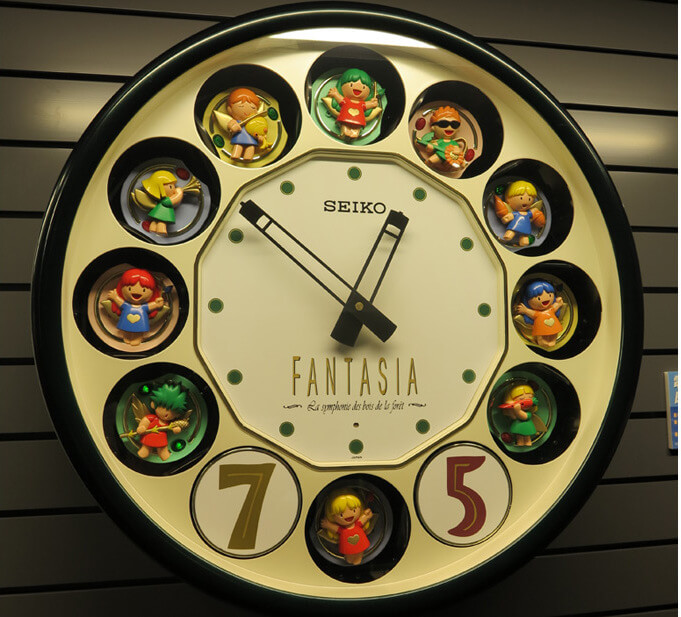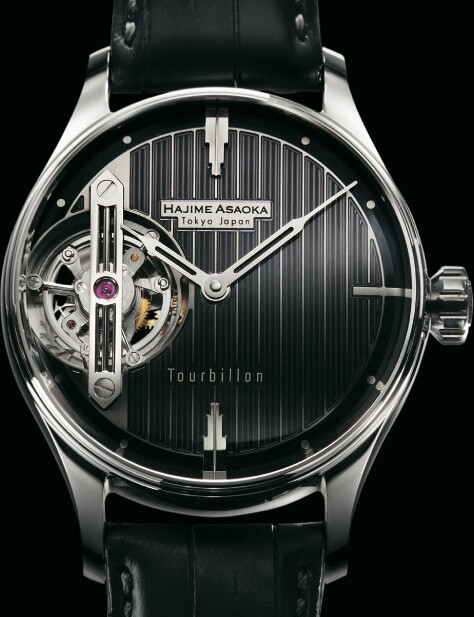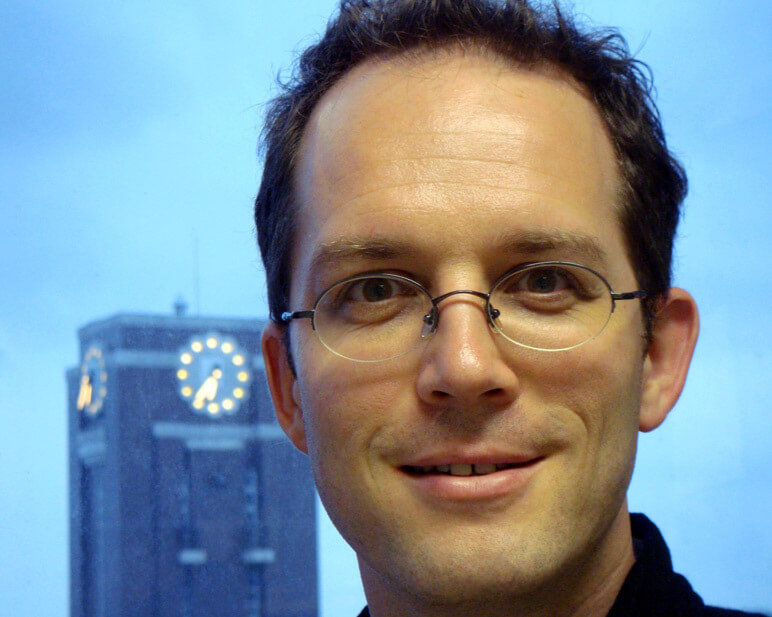Japanese speakers will know that Seiko means “precision” and “success”, two qualities which the Seiko Museum sets out to illustrate. The brand narrates its history from its beginnings in 1881, after an introduction to the history of time measurement. The galleries have a more open feel than the previous Seiko Institute of Horology, inaugurated to celebrate the brand’s centennial year, with special attractions to pique young visitors’ interest in watchmaking.
"Always ones step ahead of the rest"
In late nineteenth-century Japan, when usual practice was to settle bills twice yearly, Kintaro Hattori’s habit of paying suppliers every month set him apart from his competitors and guaranteed him priority delivery first of American clocks and later Swiss watches. Wako, his luxury retail business, went from strength to strength. Hattori then came up with the idea of manufacturing his own products, starting with clocks. He named his factory Seikosha, later shortened to Seiko. As of 1892, Seiko was making its first clocks driven by movements which it also produced. By the end of the century, it was applying the same principle to pocket watches then wristwatches. The Seiko Museum looks back at the history of the brand and its founder, remembered for his motto to be always “Always ones step ahead of the rest.”
From the gnomon to the Seiko Astron GPS Solar
The museum relates the history of time measurement with such rarities as English clocks, imported as of 1551, adapted by Japanese clockmakers to the country’s timekeeping system, which measured daytime and night-time with unequal hours. This implied the addition of a second foliot, a European invention. The weights on this second foliot had to be adjusted every two weeks to account for seasonal variations. Matters were simplified when Emperor Meiji adopted the Gregorian calendar in 1873 to facilitate trade.
A host of innovations
The rest of the exhibits present Seiko’s own models, some inspired by Swiss watches and others world-firsts. The first quartz oscillator of 1969, the Seiko Quartz Astron, the Kinetic Perpetual, the Spring Drive and the Grand Seiko 36000 all point to Seiko’s command of watchmaking over the decades. Today, the brand makes all the components of its watches, with the exception of crocodile straps and jewels. The latest illustration to date of Seiko’s capacity to innovate, the Seiko Astron GPS Solar, takes pride of place. It automatically adjusts to local time thanks to GPS signals, and functions with solar power.
There are many surprising discoveries to be made throughout the visit, such as the first Seiko commercial from the early 1950s, and a television-watch dated 1982. Visitors who don’t speak Japanese can regret the absence of captions and explanations in other languages. The museum is also home to Seiko’s archives, which can be consulted on request.
Hands-on experience
Great-grandson of Kintaro Hattori and now President and CEO of Seiko Watch Corporation, Shinji Hattori wanted the new museum to be more open and interactive than the previous Seiko Institute of Horology. This responsibility falls to the museum’s director, Akira Suzuki, who takes genuine pleasure in interesting Japanese youth in watches thanks to workshops where they can assemble their own quartz watch.
The Seiko Museum opened on April 1, 2012
and replaces the Seiko Institute of Horology which opened in 1981.
HigashiMukojima 3-9-7
Sumida-ku, Tokyo 131-0032
Tel. 03-3610-6248
Tuesday to Sunday, 10am to 4pm. Closed Monday and public holidays
Free admission







